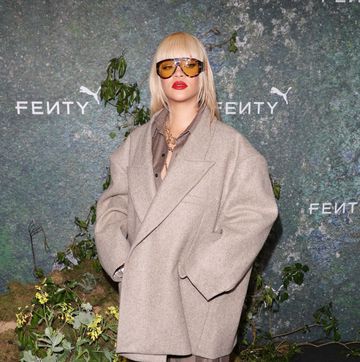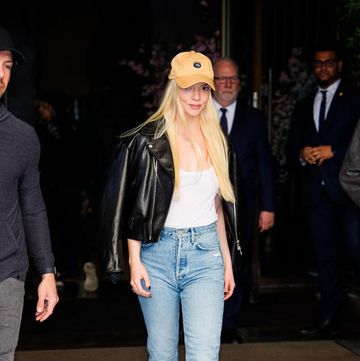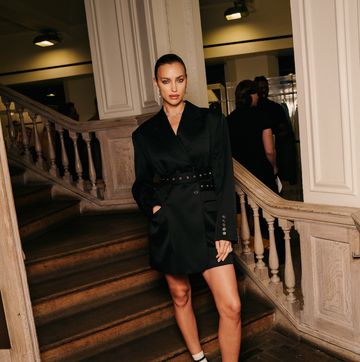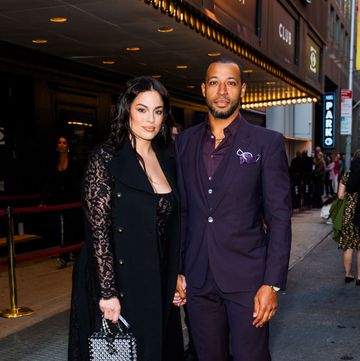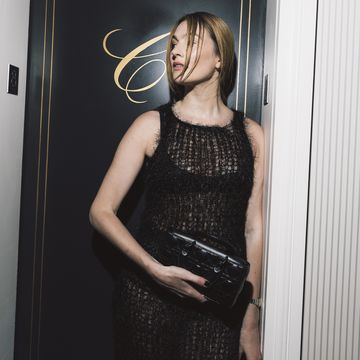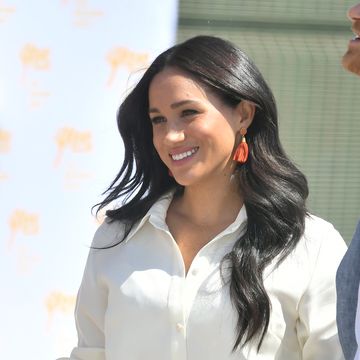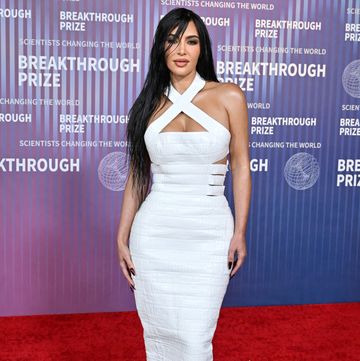You get the impression a lot of pop stars are fairly conventional people making a huge effort to appear creative and eccentric in public.
With David Bowie it seems the other way round – as if he’s the owner of a genuinely rapid-fire, butterfly mind trying hard to adapt to our pedestrian pace.
I interviewed him at a London gallery in October 1994, an exhibition of artwork by musicians to raise money for the War Child charity.
Again, the entries from Kate Bush, George Michael, Paul McCartney and the others were quite formal; Bowie’s was a box of 17 computer-modified drawings entitled We Saw A Minotaur - 'illustrations for an imaginary play,' he told me.
Everything about him seemed unusual.
He had a trim moustache and goatee and was smaller than I’d expected (he’s 5 foot 9), and perilously thin in his severely belted white jeans and green and black check shirt.
He was punched in the school playground when he was 15 leaving his left pupil permanently dilated so his eyes are different colours (he only sees brownish tones through the damaged one).
He still had his 'English teeth' which were wonderfully crooked and characterful though he’s since had them expensively corrected.
And he smiled all the time in a powerfully winning way, the evangelical grin of a man who believes passionately in his view of the world and wants you to see it the same way too (he once told a session musician to 'play like a fried egg').
His mind was racing all the time, sparking ideas and thoughts and theories.
The musician Brian Eno was with him, his friend and collaborator, and I asked him about working with Bowie.
'Ideas arrive at such a speed', Eno said, 'It’s like watching a fast-motion film of a flower blossom.'
Listen to ELLE’s favourite Bowie songs
See Tilda Swinton and Andrej Pejic in Bowie’s new video
Watch the behind the scenes video from ELLE's Bowie inspired shoot


